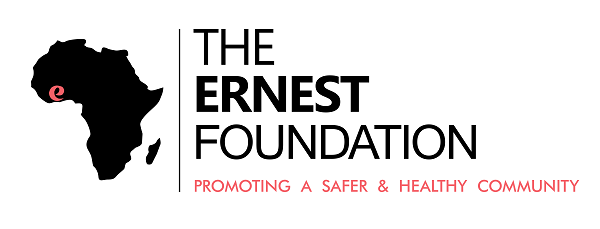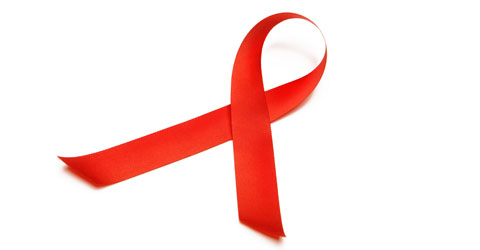Pre-term births and developmental problems in children born to mothers with HIV are associated with HIV infection, substance use and smoking, Canadian researchers have reported in the journal AIDS. They could not find a significant relationship with antiretroviral drug exposure.
Some studies have reported higher rates of pre-term births in mothers living with HIV, and a recently published systematic review found that in lower- and middle-income countries, exposure to some antiretroviral regimens in the first trimester of pregnancy was associated with pre-term birth.
Concerns have also been raised about the risk that exposure to antiretroviral drugs during pregnancy could lead to neurodevelopmental problems in children born without HIV.
However, these potential associations are complicated by the fact that women living with HIV may have higher rates of substance use and smoking than the general population, in some settings. As these factors are also associated with pre-term birth and neurodevelopmental problems, any analysis of the link between HIV, antiretroviral drug exposure and child development needs to take them into account. Rates of substance use may be higher in some high-income countries compared to lower-income settings, complicating the interpretation of findings from studies conducted in different parts of the world.
Researchers from the University of British Columbia investigated the relationship between antiretroviral drug exposure, maternal substance use and socioeconomic factors, and child development in a retrospective controlled cohort study using provincial databases.
They compared 446 infants born to mothers living with HIV (exposed but uninfected infants) to 1323 infants born to HIV-negative mothers, matched for age, infant sex and postal code.
As well as examining the prevalence of pre-term birth, the researchers also looked at the prevalence of the following neurodevelopmental disorders in children born between 1990 and 2012: autism, disturbance of emotions, hyperkinetic syndrome, developmental delay, intellectual disability and epilepsy.
Maternal drug use was documented for the period 2000-2012, but not for the first decade of the study.
In the entire sample, 30.0% of HIV-exposed children and 13.4% of the control group had at least one diagnosed neurodevelopmental disorder. Univariate analysis of this sample showed that HIV-exposed children were more than two and a half times more likely to have at least one neurodevelopmental disorder (odds ratio 2.78, 95% CI 2.14-3.61, p < 0.0001).
HIV-exposed children were approximately three times more likely to have been diagnosed with at least one of autism, disturbance of emotions, hyperkinetic syndrome or developmental delay, but there was no significant difference between exposed and unexposed children in their risk of being diagnosed with intellectual disability or epilepsy.
An analysis restricted to children of mothers with complete substance use data (births in the period 2000-2012, 309 exposed and 917 unexposed infants) found a higher prevalence of exposure to smoking (34.6% vs 8.5%), alcohol use (8.4% vs 1.3%) and drug use (35.9% vs 2.6%) during pregnancy in infants exposed to HIV.
Multivariate analysis found that the risk of a neurodevelopmental diagnosis was increased in children exposed to HIV (OR 1.67, 95% CI 1.12-2.48, p = 0.011), but the risk was greater for children aged six years and over (OR 4.47, 95% CI 3.03-6.59 p < 0.0001) and boys (OR 1.98, 95% CI 1.41-2.77, p < 0.0001). Amongst all infants, either substance use or smoking increased the risk of a neurodevelopmental disorder (OR 1.75, 95% CI 1.34-2.27, p < 0.0001).
Preterm birth is known to be a predictor of some neurodevelopmental disorders. After adjusting for maternal substance use and smoking, children exposed to HIV who were born prematurely were around two and a half times more likely to have a neurodevelopmental diagnosis (OR 2.66, 95% CI 1.73-4.08; p < 0.0001).
Eighty-three per cent of HIV-exposed children had also been exposed to antiretroviral drugs. Univariate analysis showed a higher risk of neurodevelopmental disorder in HIV-exposed children who were not exposed to antiretroviral drugs (OR=2.04; 95% CI:1.23-3.40; p < 0.01) compared to those who were. When exposure was stratified according to drug class and compared to HIV-unexposed children, analysis showed an elevated risk of neurodevelopmental disorder after exposure to any antiretroviral regimen, except for regimens based on boosted protease inhibitors.
However, after controlling for maternal substance use, the association between antiretroviral exposure and neurodevelopmental disorder disappeared, with the exception that exposure to regimens based on boosted protease inhibitors was found to be protective if substance use had been recorded during pregnancy (OR= 0.146; 95% CI: 0.04-0.57; p = 0.006).
The study authors caution that the shorter follow-up time for children exposed to boosted protease inhibitors (introduced in British Columbia for pregnant women in 2007) makes it difficult to draw definitive conclusions about antiretroviral drugs and neurodevelopmental outcomes.
“Although the contribution of the long-term effects of in utero exposures to substances such as cigarettes, alcohol, and illicit drugs have been unclear in some studies of HEU [HIV-exposed uninfected] neurodevelopment, we have shown that most of these exposures are risk factors for ND [neurodevelopmental disorders] diagnosis in our study population.”
But the authors say that substance use, antiretroviral drugs and pre-term birth do not entirely explain the high rate of neurodevelopmental disorders in children of mothers living with HIV in British Columbia, and that maternal health, adverse childhood experiences and other environmental factors may be important influences.
“Our findings furthermore support the importance of holistic support systems for pregnant women, access to care and treatment for substance use, to reduce risks of preterm delivery. Our observations support the need for developmental follow-up and early intervention for HEU children, notably for males, those born preterm, and those exposed to harmful substances.”
Source: NAM Publications

